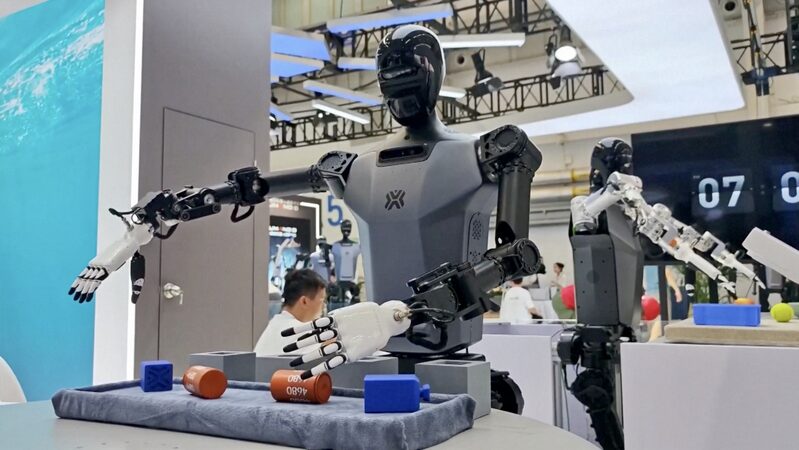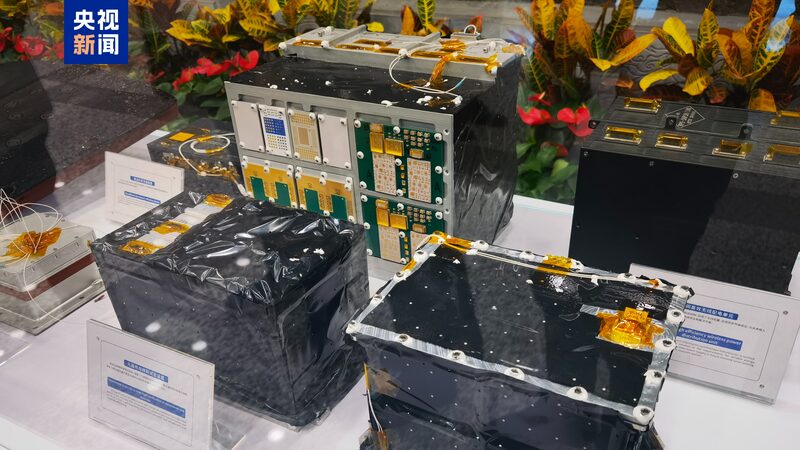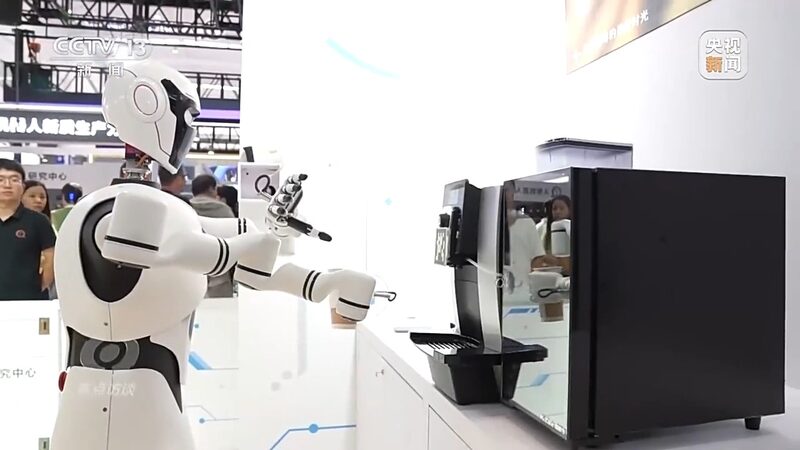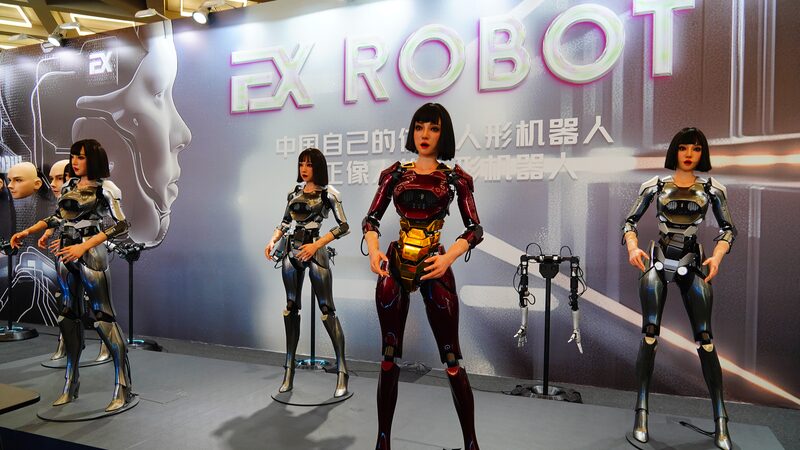Even during summer vacation, Professor Liu Xiaofeng and his team at Hohai University in Jiangsu Province are hard at work in the lab. Their mission? Creating humanoid robots with facial expressions so lifelike, you'll forget they're not human! 😲
Focusing on enhancing emotional interactions between humans and robots, the team has developed a groundbreaking algorithm that brings these robots' facial expressions to life. At the China Association of Science and Technology's 26th annual meeting on July 2, their research on emotionally intelligent robots was highlighted as one of the top 10 cutting-edge scientific issues for 2024.
On the same day, Liu's team shared their innovative approach in the prestigious IEEE Transactions on Robotics. Traditional humanoid robots often struggle to mimic the subtle and authentic facial expressions that humans naturally use, which can make interactions feel robotic and less engaging.
\"To tackle this, we introduced a two-stage method that allows our robots to display rich and natural facial expressions,\" explained Liu. The first stage involves generating detailed facial expression images guided by action units (AUs). In the second stage, these expressions are brought to life through a series of coordinated motor movements, enabling smooth and varied expressions.
Co-author Ni Rongrong from Changzhou University added, \"While digital humans and virtual anchors can show many real-time expressions, humanoid robots face challenges like limited motor sizes and numbers. For instance, our robot previously had only nine micro motors for facial movements, compared to the hundreds of muscles in a human face.\"
To overcome this, the team ingeniously divided the nine motors into 17 AUs, allowing for a more diverse range of expressions and smoother transitions. Looking ahead, Liu and his team aim to expand the number of AUs, making these robots even more expressive and autonomous.
The potential applications are vast! From nursing homes and kindergartens to special education schools, these emotionally intelligent robots could provide not just assistance, but also emotional support, enhancing the lives of those they interact with. \"Our robots will bring both practical help and emotional value to various settings,\" Liu affirmed.
Reference(s):
China develops humanoid robots with realistic facial expression
cgtn.com







